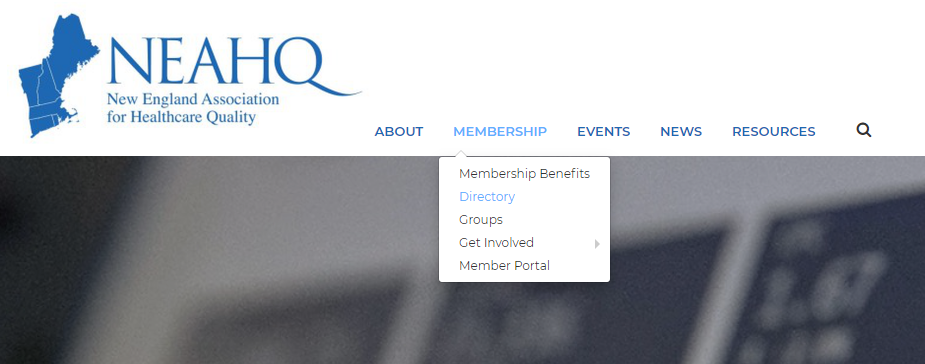In the dynamic world of healthcare, resilience isn’t just a buzzword, it is a lifeline. It is the unwavering commitment to improvement, even when the path is unclear. Stacey, a dedicated Physical Therapy Assistant at a long-term rehabilitation center, exemplifies this spirit of resilience in her everyday work. Stacey works closely with patients who rely on wheelchairs and have limited mobility. Her focus is not only on improving physical movement and circulation through passive exercises but also on preserving the dignity of those she serves.
One day, Stacey noticed a troubling pattern: many patients’ wheelchairs were visibly soiled, often with food droppings and other debris. This was not just a matter of cleanliness—it was a matter of patient dignity and safety. Rather than accepting the status quo, Stacey leaned into the HRO principle of Commitment to Resilience, determined to understand and address the issue.
Through thoughtful inquiry, Stacey discovered that wheelchair cleaning was considered a collateral duty. Aides would clean chairs only when they appeared dirty, and there was no standardized cleaning process in place. This lack of coordination led to inconsistent hygiene and cleaning practices across the facility. Refusing to let the issue persist, Stacey brought her concerns to the morning huddle. She shared her observations and invited her multidisciplinary team to brainstorm solutions. Together, they initiated a series of Plan-Do-Study-Act (PDSA) cycles—a cornerstone of quality improvement—to test various approaches.
Some ideas worked. Others didn’t. But Stacey’s resolve never wavered.
Guided by data and driven by purpose, the team refined their process. Eventually, they implemented a streamlined, linear cleaning protocol: tasks were clearly assigned, cleaning dates were scheduled for each wing, and deep cleaning routines were established for heavily soiled wheelchairs. The result? Wheelchairs that were consistently clean, gleaming, and dignified for every patient.
This story is more than a tale of improved hygiene—it is a testament to the power of resilience in healthcare. Stacey did not give up when faced with a challenge. She showed up, led with compassion, and inspired her team to pursue excellence through continuous improvement. Stacey reminds us all that resilience is not just about bouncing back, it is about moving forward, together.















